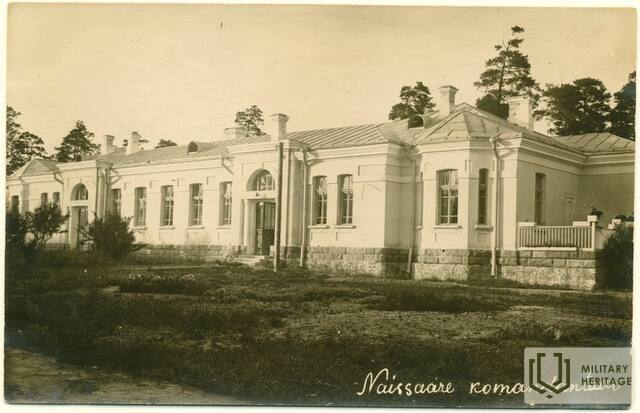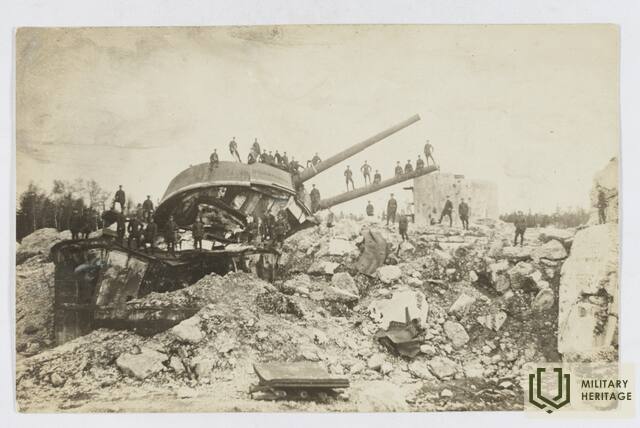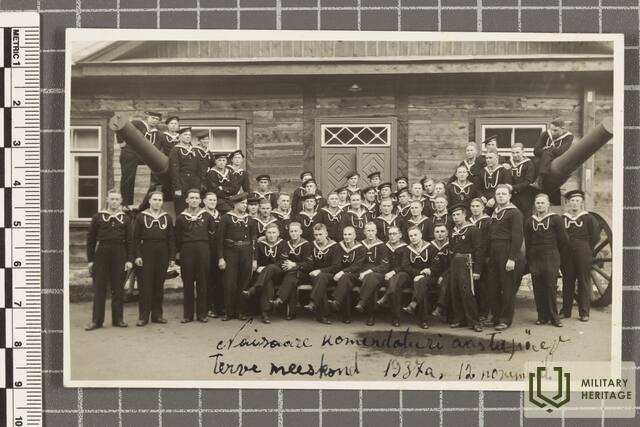Naisaro sala Infrastruktūra

Šią 19 kvadratinių kilometrų ploto salą Talino įlankoje 1912 m. įsigijo Rusijos imperatoriškasis karinis jūrų laivynas, išstumdamas vietinius gyventojus. Karinis jūrų laivynas saloje pastatė uostus, geležinkelius ir pakrantės baterijas kaip Petro Didžiojo jūrų tvirtovės dalį. Pirmojo pasaulinio karo ir Nepriklausomybės karo metu saloje taip pat buvo karo belaisvių stovykla. Naujai nepriklausoma Estijos Respublika išlaikė salą kaip sukurtos pakrantės gynybos sistemos dalį, tačiau leido vietos gyventojams į ją grįžti. Sovietų okupacijos metu salą kontroliavo kariškiai, kurie joje pastatė jūrų minų depą ir gamyklą. Naisare sovietų armijos paliktus pastatus ir įrangą vis dar galima iš dalies apžiūrėti ir šiandien. Jūrų tvirtovei suformuotas bunkerių tinklas driekiasi giliai po žeme. Kai kurie bunkeriai ir artilerijos atramos vis dar prieinami. Visą salos apžvalgą galima atlikti per dieną. Saloje anksčiau buvo tankus geležinkelių tinklas, jungiantis karinius objektus. Štai kodėl likę takai yra puikus vadovas keliaujant po salą.
Naisare yra 40 kilometrų siaurojo geležinkelio, kurio tiesimas pradėtas 1913 m., caro laikais. Geležinkelio tinklas buvo iš dalies naudojamas ir nepriklausomybės laikais, ir sovietų okupacijos metu. Šiandien atkurta 2,4 kilometro ilgio jo atkarpa. Pakrantės žmonių muziejuje salos lankytojams eksponuojamos įvairios parodos, kuriose galima išsamiau susipažinti su salos istorija. Männiku kaime, sovietmečio karių gyvenamuosiuose namuose, eksponuojama karinė paroda, kurioje pristatoma tiek ankstesnė, tiek naujausia salos karinė praeitis. Naisare švyturyje veikia paroda „Naisaras ant senų atvirukų“, kurioje vaizduojama sala jos klestėjimo laikais.
Panaudoti šaltiniai ir literatūra:
Estijos karo istorijos vadovas, Talinas, 2010. Sudarė K. Luts











